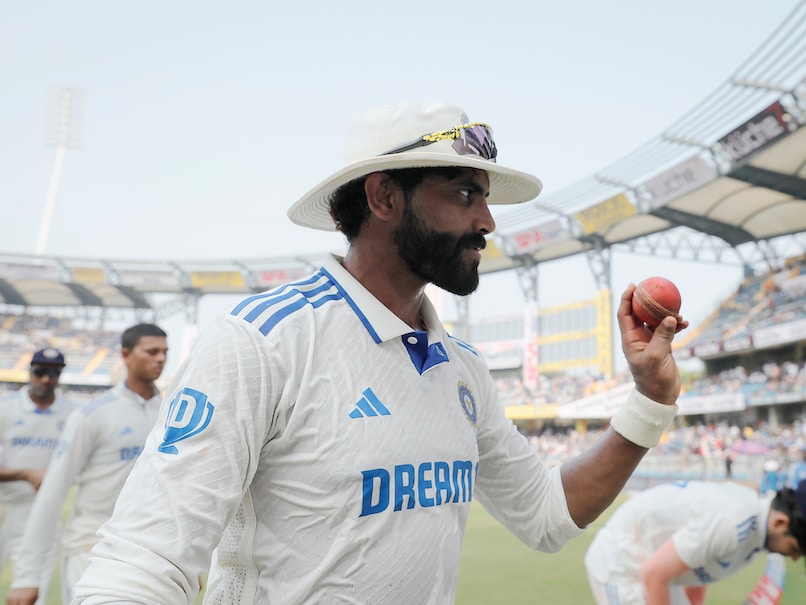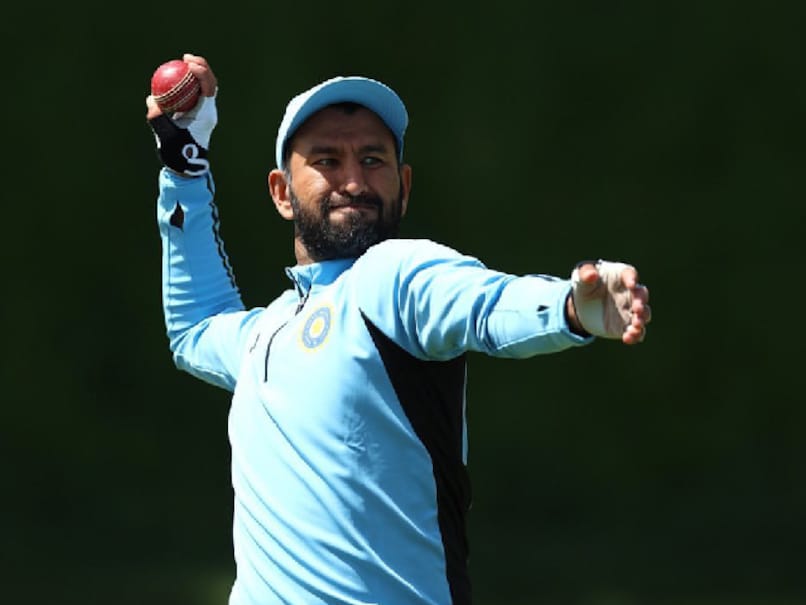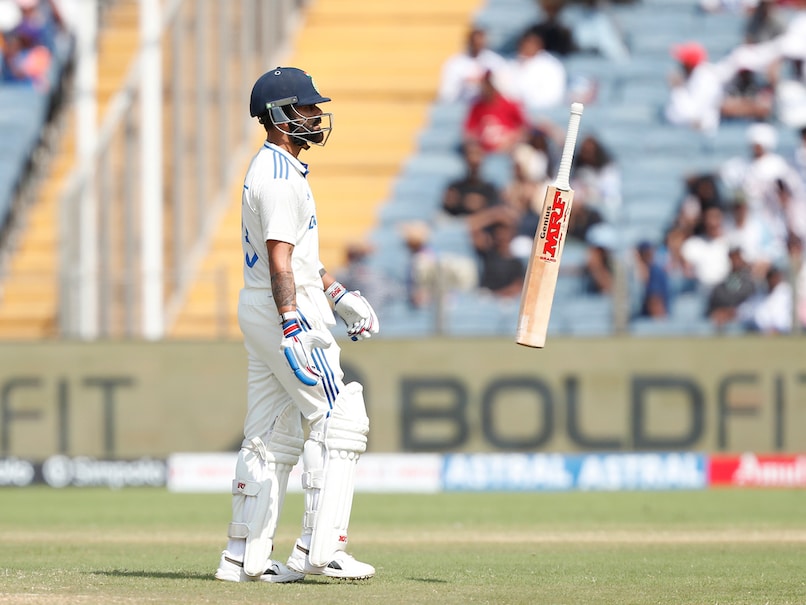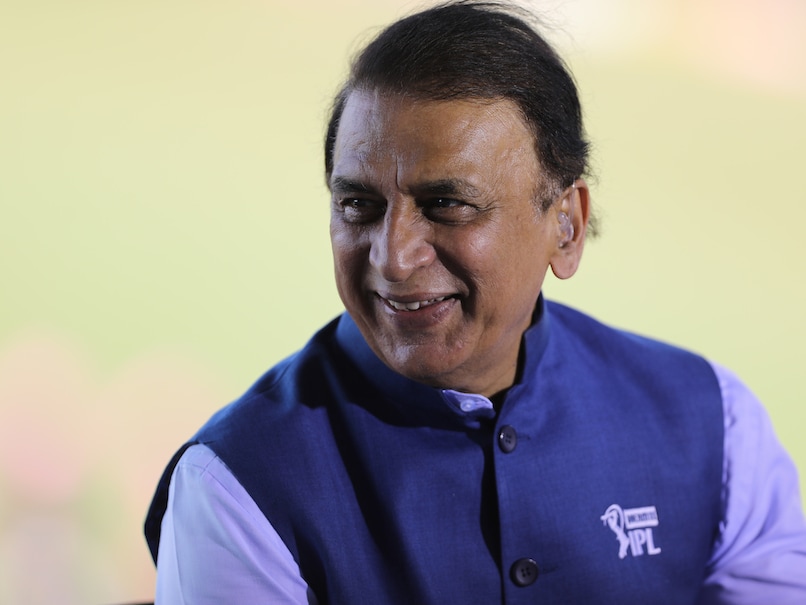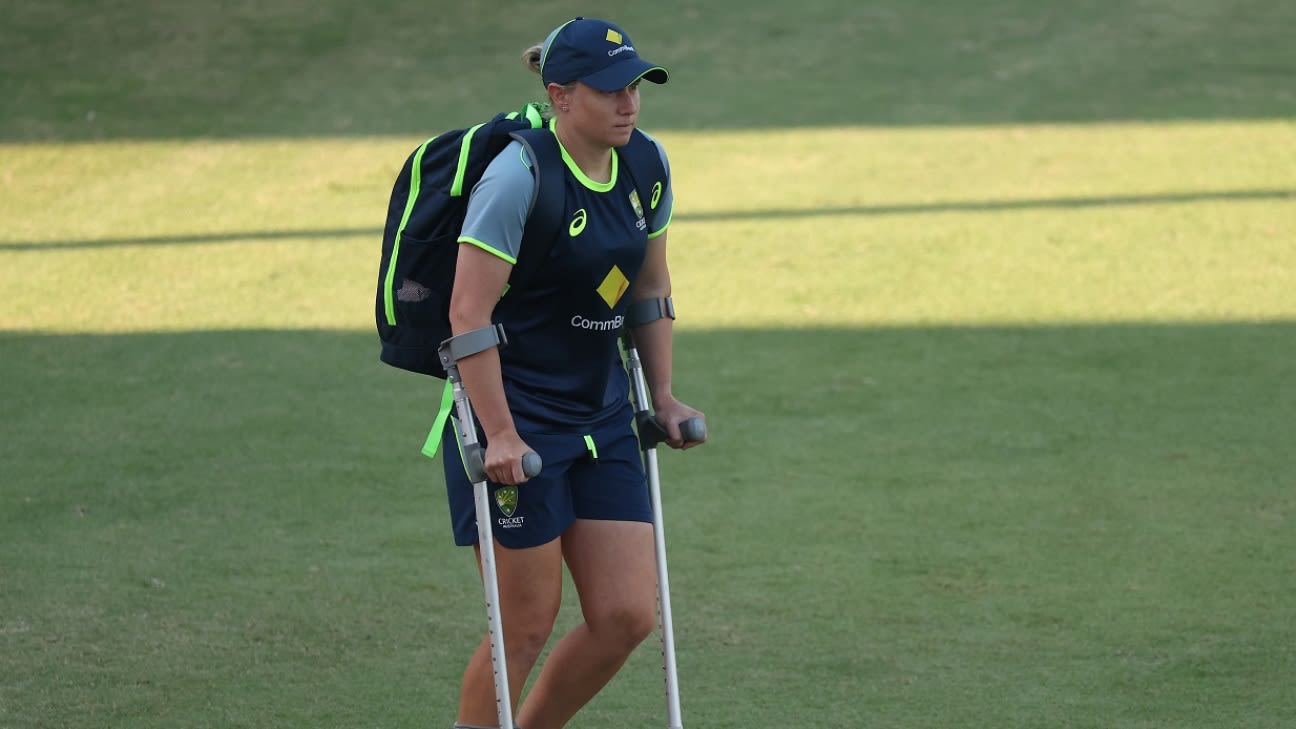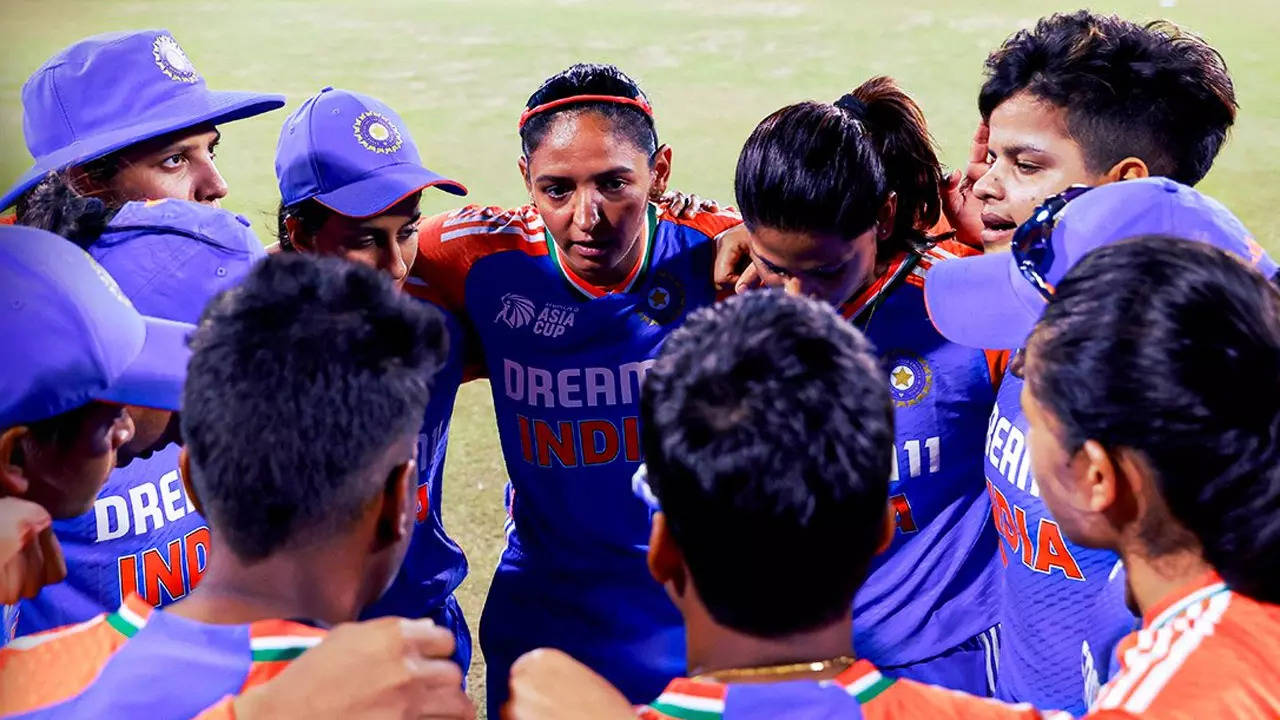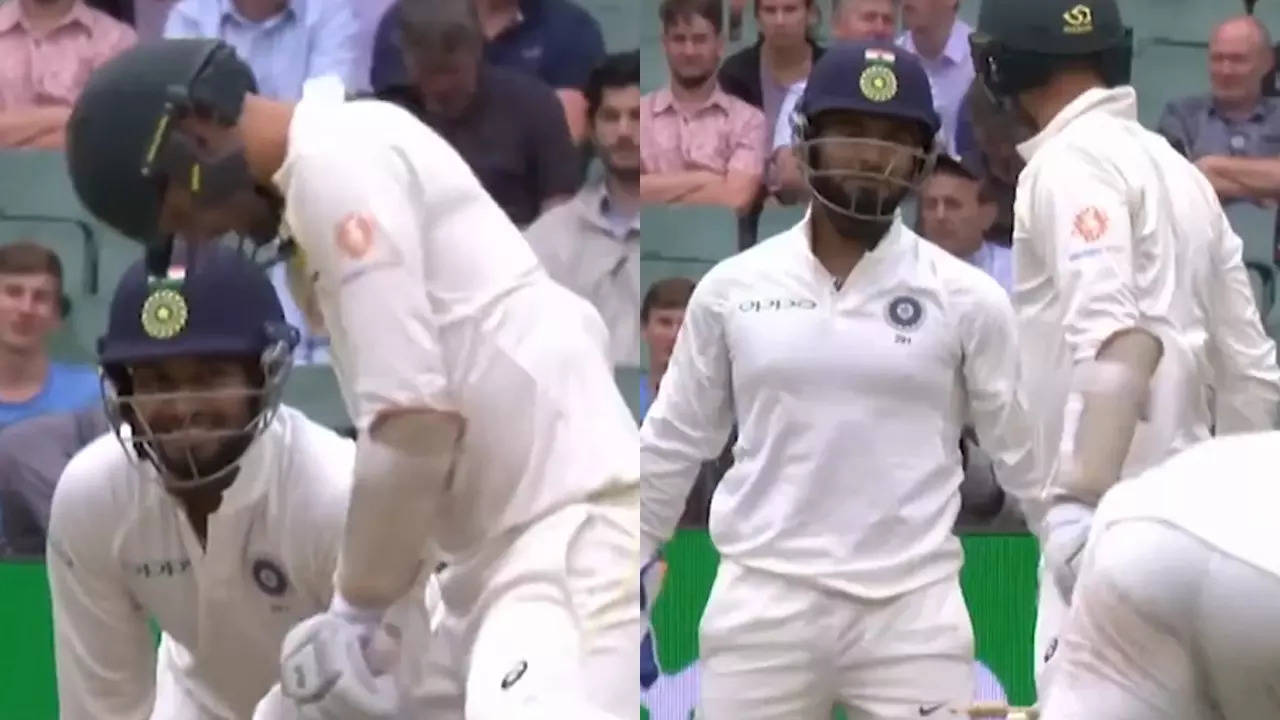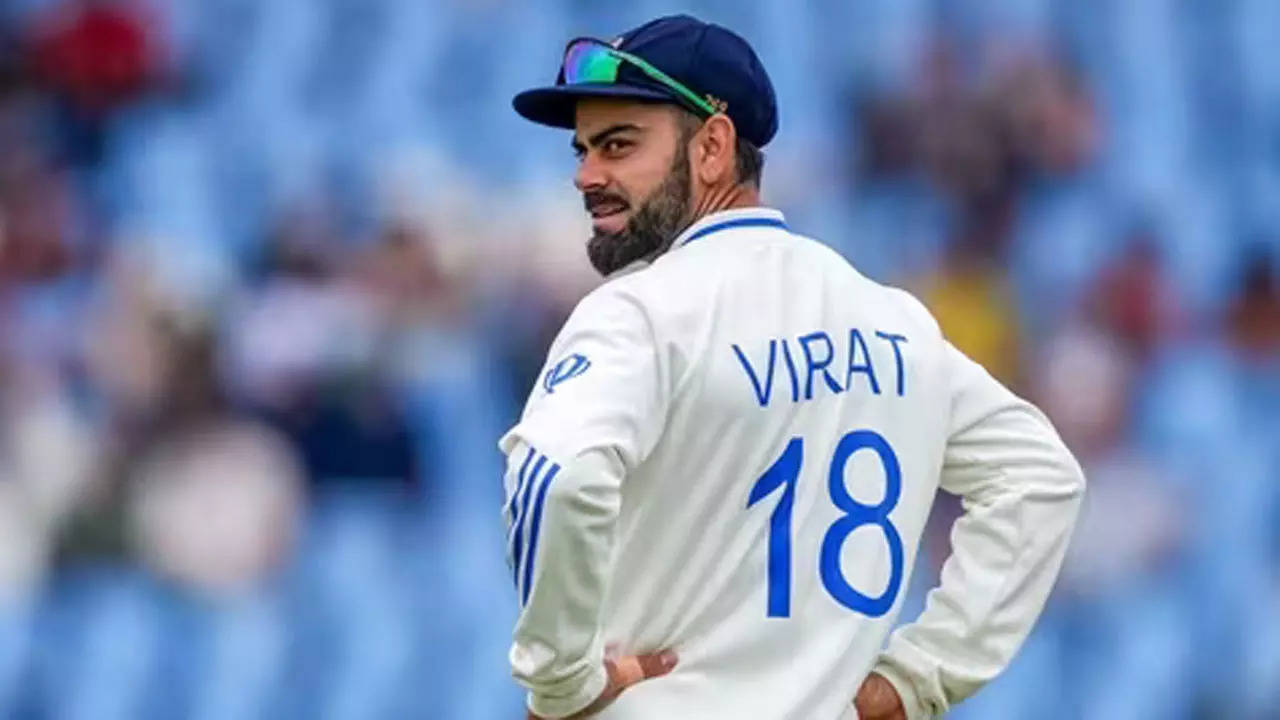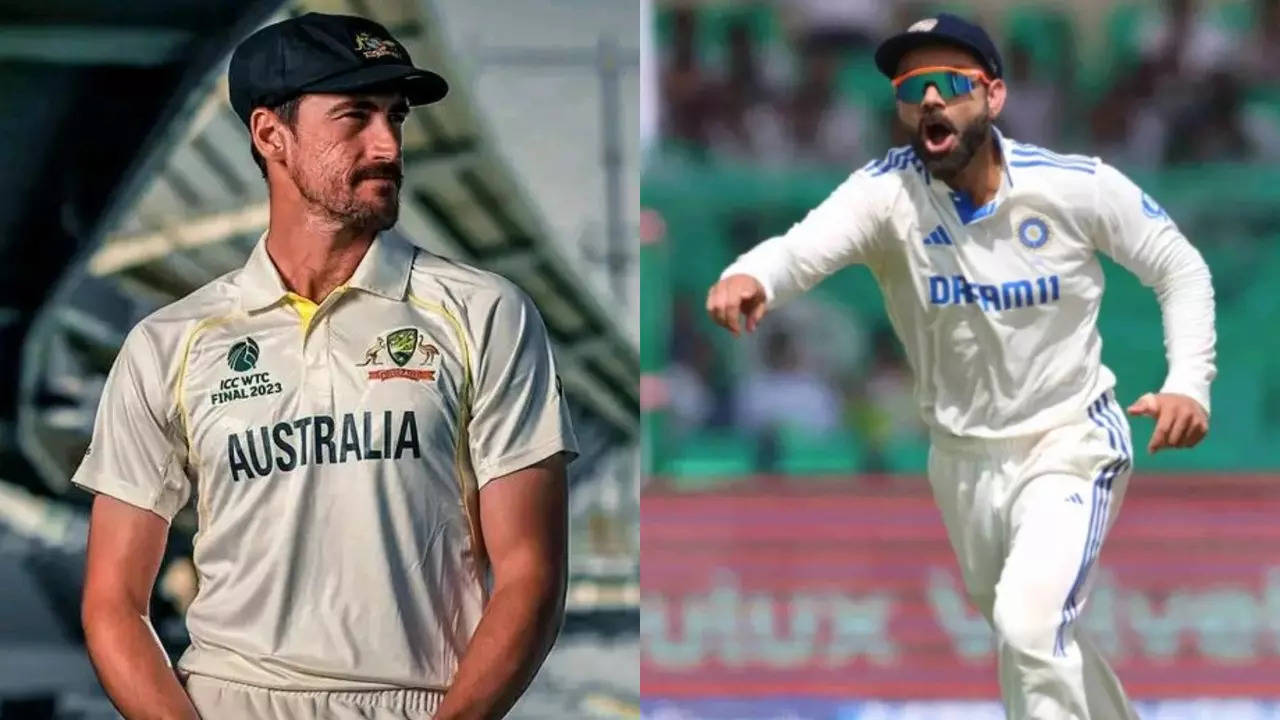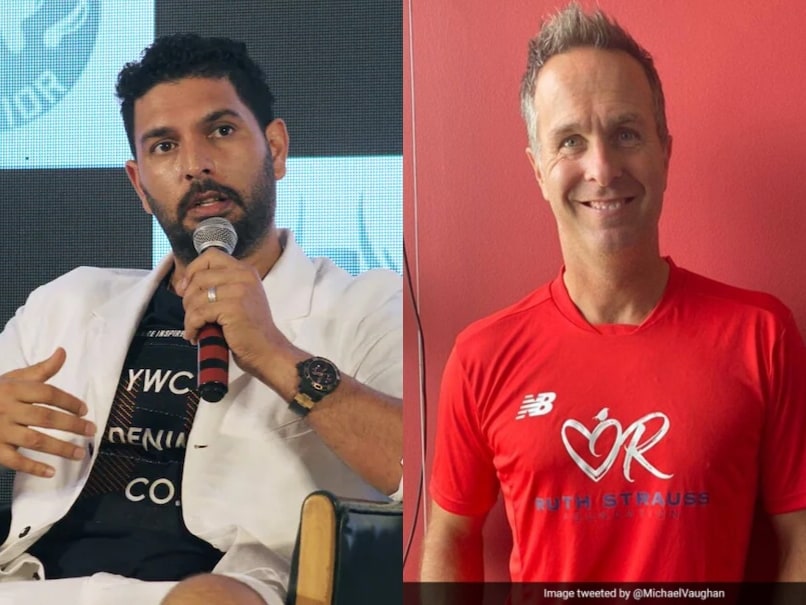Jadeja’s Five-Wicket Haul Highlights India’s Bowling Prowess on Slow Turner
Ravindra Jadeja’s exceptional bowling performance in the ongoing Test match against Australia has earned him another five-wicket haul, his 14th in Test cricket. However, the all-rounder acknowledged the challenging conditions on the slow-turning pitch, which made bowling a demanding task.
Jadeja’s success stemmed from his ability to mix up his deliveries, targeting good length spots and exploiting the variable bounce and abrasive surface. He admitted that the wicket required significant effort to generate pace, indicating that Ravichandran Ashwin may have lost some velocity in his deliveries.
“I thought you need to mix and match (in terms of speed). The wicket has bounce but off the surface, the ball isn’t taking off. Unless you put in a lot of shoulders and get the revs, it is difficult,” Jadeja explained.
Despite the arduous conditions, Jadeja praised the collective effort of the team, including Washington Sundar’s impressive bowling performance. He emphasized the importance of the batters performing well to secure a first-innings lead.
When asked about surpassing Zaheer Khan and Ishant Sharma in terms of Test wickets, Jadeja revealed that he only checks statistics when not actively involved in a series.
Reflecting on the loss of three quick wickets towards the end of the day, Jadeja set a target of batting well enough to gain a 150-run lead on Saturday.

